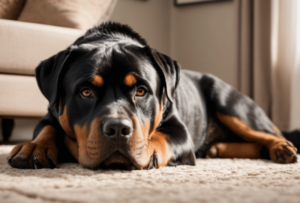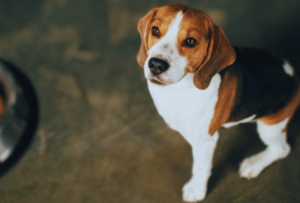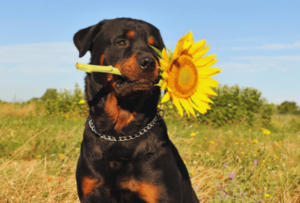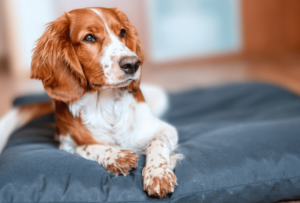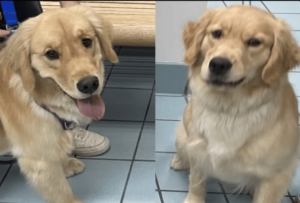Welcome To Not A Bully Dog Training 👋
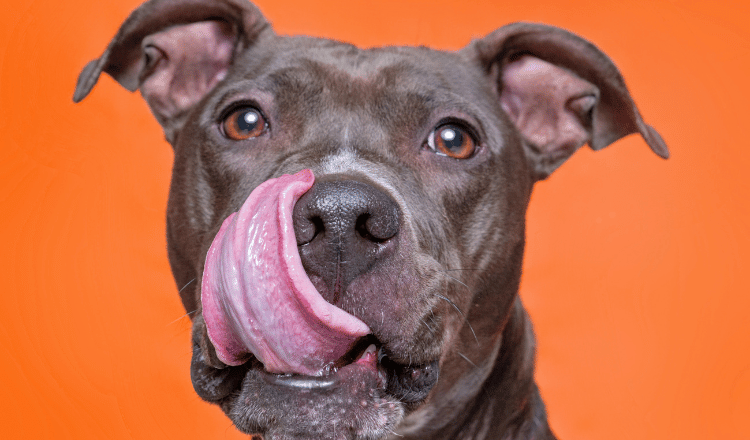
We believe that pet parents who understand their dog’s behavior are able to build stronger and longer lasting bonds with their dogs.
That’s why we’re on a mission to create the most informative, helpful, and actionable content out there while also providing affordable dog training services.
So whether you want to connect with a dog trainer one-on-one, join a dog training class, or read our latest article, we want to help you get the information you need to connect with your canine.

Featured On

Meet Our Team 🤝
We work with veterinarians, professional dog trainers, and certified professional dog trainers to create content that looks at canine behavior from all angles while maintaining our high editorial standards!
Our Services 🐕🦺

Virtual Dog Training Services
Connect with a certified professional dog trainer and receive a detailed action plan specific to you and your pup.

In-Person Dog Training Classes and Consults
Our certified professional dog trainers offer a variety of group dog training classes and in-person private training. Currently only available in Colorado Springs, CO with more locations coming soon.

Free Ask A Dog Trainer
Have a question we haven’t already answered? Ask one of our certified and professional dog trainers…for free and get an answer!
Read Our Latest Articles 🐾
Every new informational article on Not A Bully is written or reviewed by a veterinarian. We’re in the process of updating every past article with veterinarian review. Additionally, a professional dog trainer either writes or reviews every article. You can read more about our editorial standards here.
Heart Warming Canine News 
Check out our latest cute canine news stories! We share fun, heart-warming and inspirational news stories with a focus on canine behavior.
Let's Stay In Touch 📧
Sign up for our weekly newsletter and get dog training tips, tricks and news every week!






